
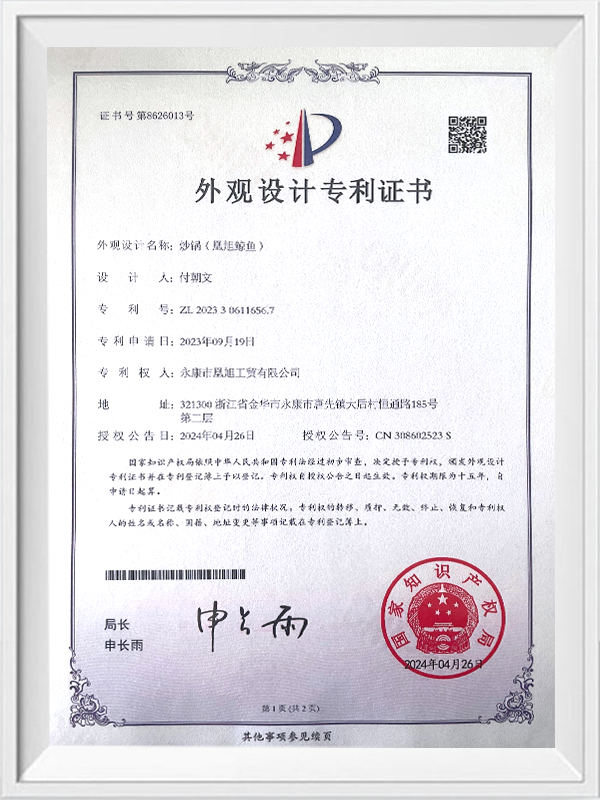
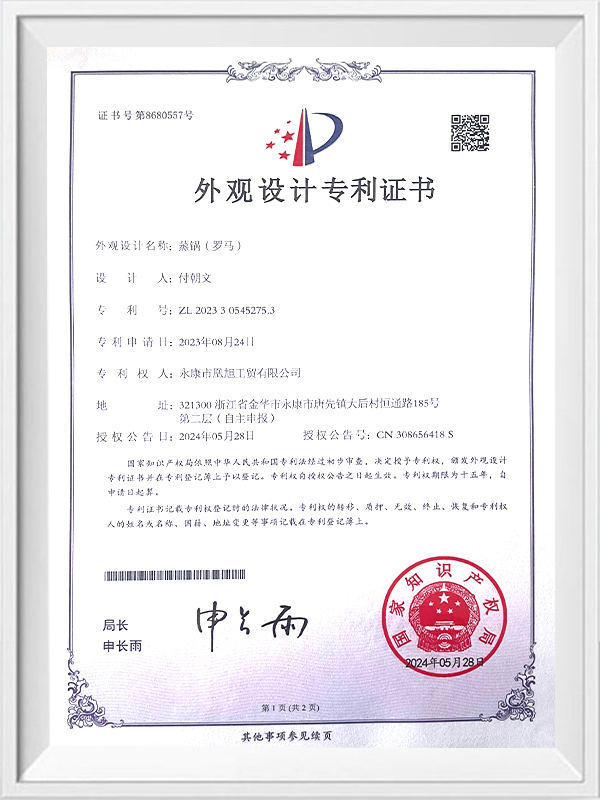
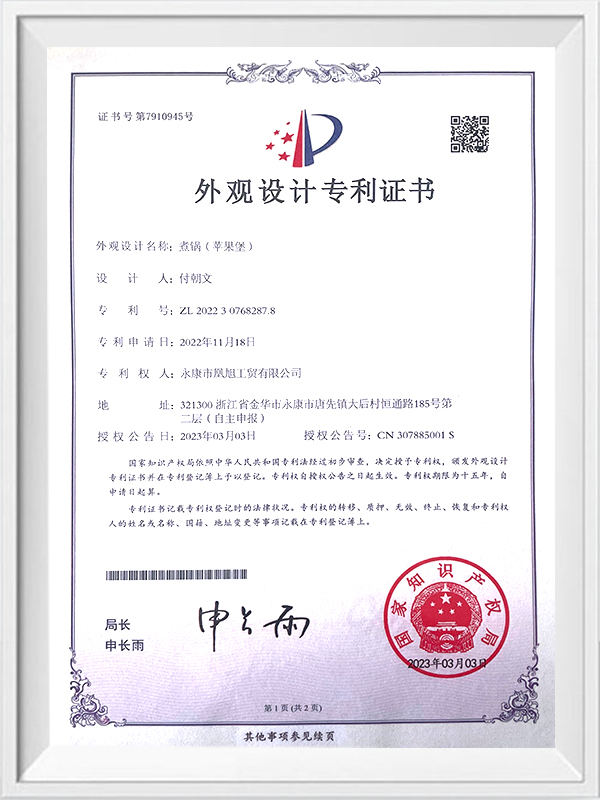
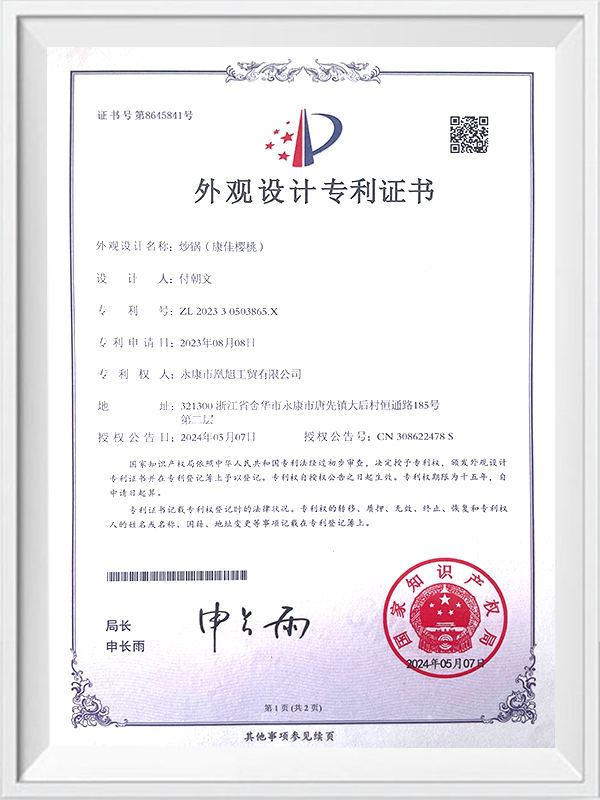
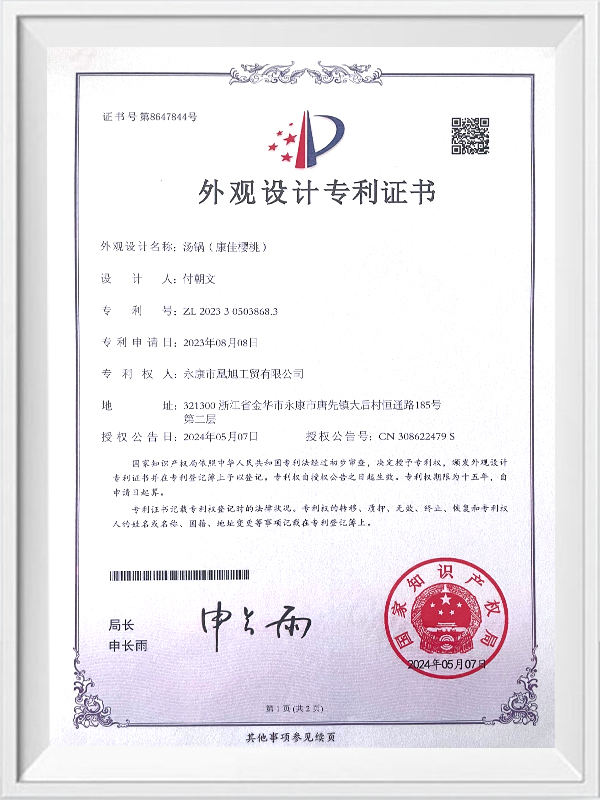


Die-cast aluminum cookware has gained steady recognition for its balanced performance, practical structure, an...
View MoreSelecting suitable household frying pans involves understanding cooking habits, kitchen space, heating methods...
View MoreUncoated Non-Stick Frying Pans are drawing wider interest in global markets as more consumers reassess the mat...
View MoreCooking a perfect steak requires more than just selecting high-quality meat—it also depends on the pan you use...
View MoreStockpots have long been essential tools in both home and professional kitchens. From preparing soups and stew...
View MoreHousehold frying pans have long been essential tools in kitchens around the world. In recent years, consumer p...
View MoreFrying pans, also known as skillets, are flat-bottomed cookware used for frying, searing, and browning food. They typically feature shallow sides and a long handle, making them easy to maneuver. Common materials include stainless steel, cast iron, aluminum, and non-stick coatings, each offering different heat retention and cooking properties. Frying pans are widely used for tasks like cooking eggs, sauteing vegetables, and pan-frying meats. Some models include lids or dual handles for added control. Proper use and maintenance, such as preheating and avoiding metal utensils on coated surfaces, help extend the life and performance of the pan.
Steak frying pans are designed to handle high temperatures and deliver even heat distribution, making them suitable for searing and cooking meat. These pans often have a thick base, which helps retain heat and develop a flavorful crust on the surface of the steak. Materials commonly used include cast iron, carbon steel, and heavy-duty stainless steel.
A good steak pan typically has low or slightly sloped sides to allow moisture to evaporate quickly, which aids in browning. Some pans feature ridged surfaces that create grill marks and help separate the meat from rendered fat. Others are smooth-surfaced, allowing for full contact between the steak and the pan, which enhances the sear.
To use a steak frying pan effectively, it is important to preheat the pan thoroughly before adding oil and meat. This helps prevent sticking and contributes to a better texture. Avoid overcrowding the pan, as it can lower the temperature and cause steaming instead of searing.
Maintenance depends on the material. Cast iron pans, for example, require seasoning and should be dried thoroughly after use. Stainless steel may benefit from soaking and scrubbing to remove residue. Steak frying pans are suitable for stovetop use and often compatible with oven finishing techniques to ensure even internal cooking.
Whether for quick searing or finishing thicker cuts, steak frying pans are useful tools in kitchens where controlled heat and surface contact are essential.
Uncoated non-stick frying pans, often made from materials such as seasoned cast iron or carbon steel, offer a natural non-stick cooking surface without synthetic coatings. These pans require seasoning—a process of applying and heating oil to create a protective, slick layer that improves over time.
These pans are appreciated for their ability to handle high heat, making them suitable for tasks like frying, sauteing, and browning. Unlike synthetic non-stick coatings, uncoated non-stick surfaces can be renewed through regular seasoning. Over time, they often develop a patina that enhances performance and helps reduce food sticking.
Preheating is important when using uncoated non-stick pans. Applying a small amount of oil and allowing the pan to heat evenly can improve results and small sticking. These pans are typically good used for cooking items such as eggs, pancakes, and delicate proteins, where a smoother release is preferred.
Care and maintenance are essential. Avoid using soap or abrasive tools, as they can remove the seasoned layer. Instead, clean with hot water and a soft brush or cloth, then dry thoroughly and apply a light layer of oil before storing.
Uncoated non-stick frying pans provide a more traditional, hands-on approach to cooking. With proper care and regular use, they become more efficient and versatile, offering a natural cooking surface that adapts to the user’s habits and techniques.